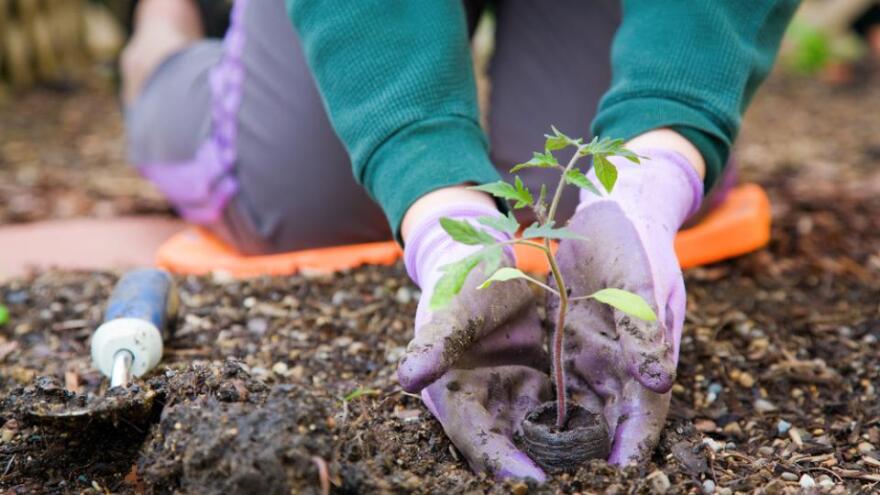By JayDee Gunnell | March 19, 2024
It’s officially spring, and it’s time to start thinking about gardening season! Consider these tips to help you prepare. Included are links from the Utah State University Extension Gardeners Almanac.
- Consider taking soil samples to determine fertilizer needs.
- Plant seeds of cool-season vegetables (peas, lettuce and radishes) as soon as the soil is workable.
- Consider planting peas in the garden every 2-3 weeks (until early May) to extend the harvest.
- If you didn’t do it in the fall, add organic matter to the vegetable garden to help build and amend soil.
- Avoid compacted soil in the garden by not tilling when wet or saturated.
- Consider backyard composting or vermiculture (composting with worms).
- If storing bulbs, check their condition to ensure they are firm. Remove any soft or rotten bulbs.
- If locally available, plant bare-root trees and shrubs. Keep the exposed roots moist until planted.
- Remove protective trunk wrap and burlap from trees after the snow has melted.
- Fertilize spring-flowering bulbs such as tulips, daffodil, fritillaria and crocus.
- Plant cold-hardy pansies and primrose.
- Subscribe to Utah Pests IPM Advisories for timely tips on controlling pests in your yard and garden.
- Learn how to prune berries and fruit trees such as apples, pears, peaches, cherries, plums and apricots.
- Attend a USU Extension-sponsored pruning demonstration near you. Contact your local county Extension office for information.
- Apply horticulture oils at bud break (delayed dormant) in fruit trees to control overwintering insect pests.
- Apply pre-emergent herbicides in late March to mid-April to control annual weeds in the lawn, such as crabgrass and spurge.
- Sharpen lawn mower blades to prepare for the mowing season. Set mower height at 2 1/2 to 3 inches, and mow at this height all summer.
- Consider including a native fruiting species in the landscape, such as chokecherry, elderberry, serviceberry or currant.
Pests and Problems:
- Download the Utah Home Orchard Pest Management Guide.
- Learn about damping-off, a fungal disease that affects new seedlings.
- Take control measures during bud break for aspen leaf spot, which may be prevalent during cool, wet springs.
- Take control measures during bud break for anthracnose, also prevalent during cool, wet springs.
- Control rust mites in apple and pear trees after leaves have emerged and expanded to 1/2 inch.
- Apply dormant oil to pears when leaf buds swell. This smothers eggs of the pear psylla that are laid on buds by overwintering adults.
- Further gardening information can be found at garden.usu.edu. Here you will find fruit, vegetable, and herb growing guides, as well as information on soil, lawn, yard, tree, shrub and flower care. In addition are monthly tips, the basics of gardening, information on events, classes, and more.
- Click here to see our video on March gardening tips.
- Take an online gardening course, and use promo code “Grow5” for $5 off!



